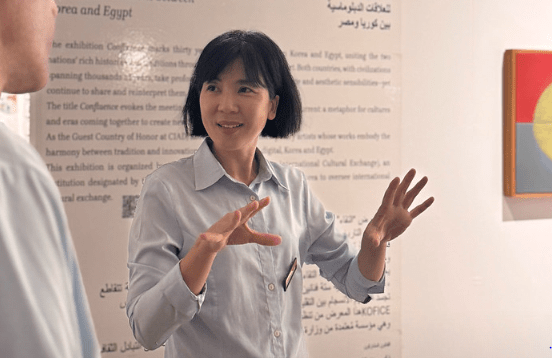This year, Korea and Egypt celebrate 30 years of diplomatic relations — three decades of exchange, curiosity, and friendship. To mark the occasion, CIAD and the Korean Foundation for International Cultural Exchange (KOFICE) organized Confluence, an exhibition that brings together six contemporary Korean artists in Cairo.
Curated by the same visionary, Kyu Rhee, who introduced the first Korean artist to Forever Is Now at the Pyramids last year, Confluence is much more than a cultural event. It’s a meditation on harmony — on how two distinct streams can flow together and become something new.
“I imagined two streams meeting and forming one river, a symbol of harmony through difference,” she says. “That image became the heart of the exhibition.”
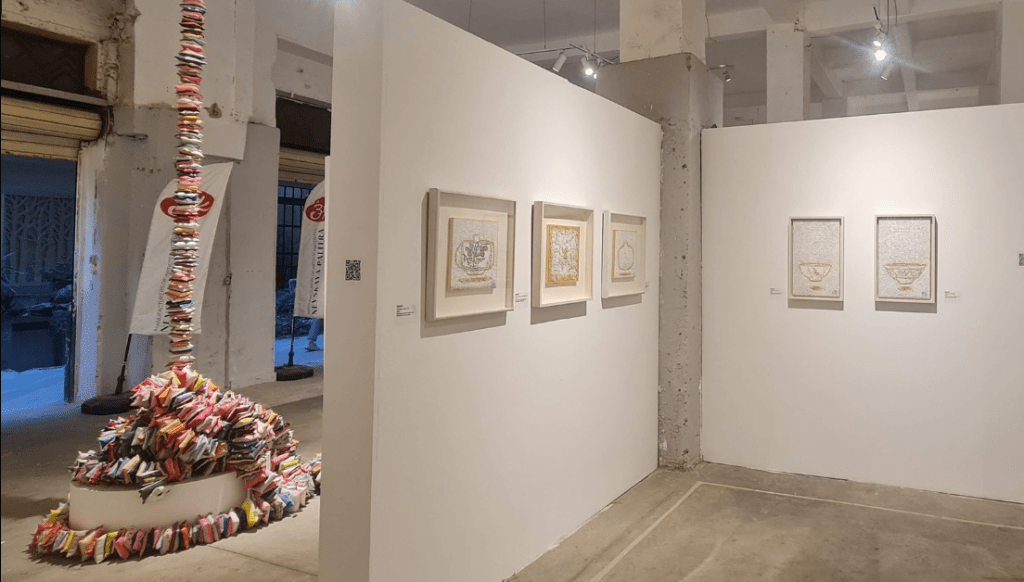
Where the Idea Began
The story of Confluence really began last year, when Kyu Rhee worked with Art D’Egypte on Forever Is Now — the world-renowned exhibition staged at the Pyramids. She brought the celebrated Korean artist Ik-Joong Kang to the show, marking the first time a Korean artist had ever been featured there.
“That experience changed everything for me,” she recalls. “When I presented one of Kang’s miniature works at CIAD, I discovered how vibrant and creative downtown Cairo is.”
So, when Art D’Egypte and KOFICE approached her to create a special project for the 30th anniversary of diplomatic relations, with Korea as Guest of Honor at CIAD 2025, it felt like destiny. “It felt like everything just came together — a true confluence.”

The Meaning Behind ‘Confluence’
At its core, Confluence isn’t just about culture — it’s about life itself.
“To me, Confluence reflects life itself — joy and sorrow, past and present, light and dark, love and hatred,” Kyu Rhee says. “They seem opposite, but they define each other.”
That interplay of contrast and harmony guided her entire curatorial vision. The result is an exhibition that doesn’t shy away from difference but embraces it, showing how beauty often lives right in the middle — where opposites meet.

Choosing the Artists
To express this idea, Kyu Rhee brought together six Korean artists whose practices stretch across disciplines — from sculpture and installation to textile, metal, and furniture.
She started with two familiar names to Egyptian audiences, Ik-Joong Kang and J. Park, and then expanded outward. Each artist, she explains, “blurs boundaries — digital and analog, East and West, personal and public.”
Kang’s work celebrates unity across cultures, while Park explores the tension between order and chaos. Jeeyun Choi personifies East-West harmony, SEOSY reimagines Korean heritage with gold leaf, and Sowon Joo and Hyemin Lee dissolve the line between art and everyday life.
“It’s the first Korean contemporary art group show in Egypt,” she says proudly. “I wanted to show a full spectrum of expression. That diversity itself represents harmony. Difference isn’t division; it’s where understanding begins.”

Echoes from the Pyramids‘ Exhibition
Kyu Rhee’s earlier collaboration with Ik-Joong Kang in Forever Is Now also shaped the emotional tone of Confluence. Kang’s Four Temples — a massive work built from drawings collected around the world — had touched Egyptian audiences deeply.
“People responded with such warmth,” she remembers. “That experience reminded me that harmony isn’t cultural — it’s universal.”
For her, Confluence continues that same message: connection doesn’t come from similarity but from empathy — from recognizing ourselves in each other’s differences.
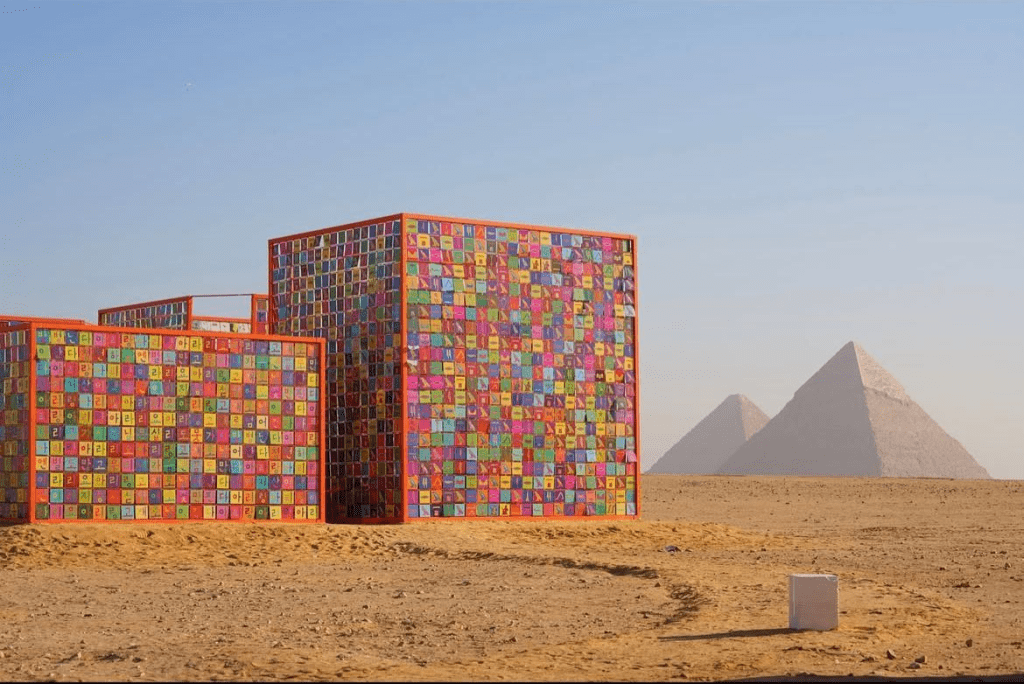
Egypt and Korea’s Art Scenes in Conversation
When asked how she sees the art scenes in Egypt and Korea, Kyu Rhee’s answer comes without hesitation.
“We have so much in common,” she says. “Both countries have long histories and deep pride in their culture. Their art grows from tradition but speaks globally.”
The only contrast, she admits with a smile, is that “we just have many more contemporary art shows in Korea.” But in spirit, the two worlds are aligned — full of thinkers and visionaries who are “rooted in history yet reaching forward.”
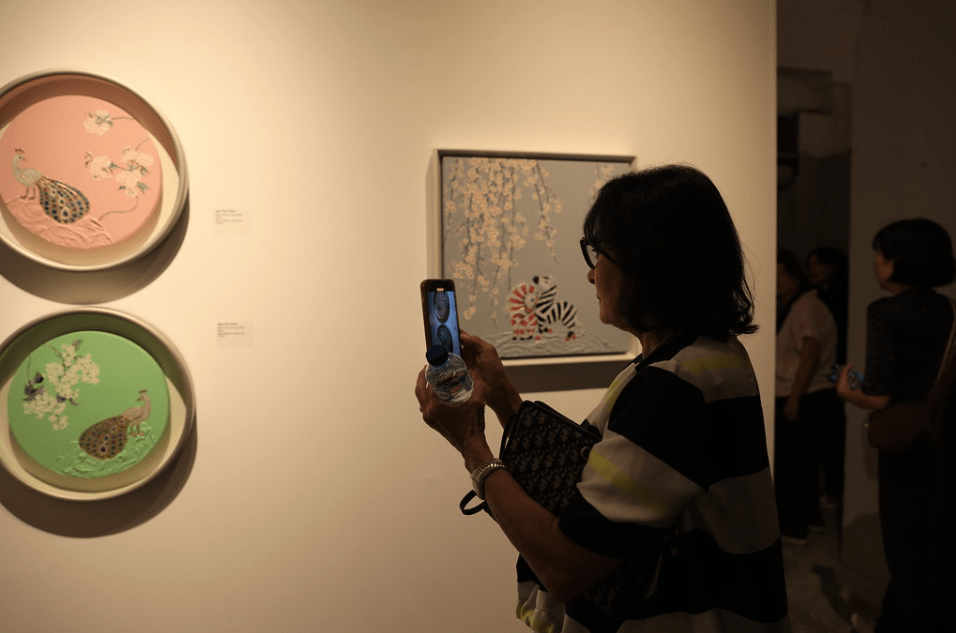
What She Hopes Audiences Feel
For Egyptian audiences, Confluence is an open invitation — not only to see Korean contemporary art but to feel the closeness between the two cultures.
“I hope they’ll feel how close our two cultures really are and we can flow together,” Kyu Rhee says. “And I hope they’ll discover that Korean contemporary art is as dynamic and engaging as our music or food — something they want to keep exploring.”
If that curiosity inspires even one visitor to travel to Korea or dive deeper into its art scene, she says, “that would make me happiest of all.”
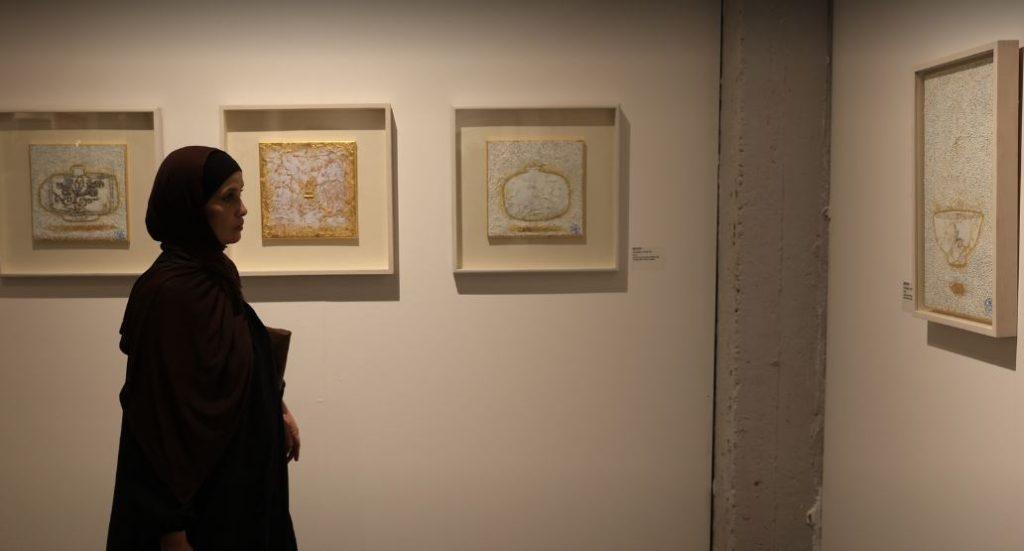
The Power of Collaboration
While the show is filled with ideas — harmony, contrast, coexistence — what truly moves her is the teamwork that made it possible.
“This project taught me that ideas alone aren’t enough — collaboration makes them real,” Kyu Rhee reflects. “Without the teamwork and trust between Art D’Egypte and KOFICE, Confluence couldn’t have happened. It reminded me that people, not ideas, build bridges.”
Her motivation, though, remains personal and grounded. “I’m not a diplomat or a government official — I’m simply a curator doing what I love,” she says. “But I really believe in what Adam Smith said — that by pursuing your own work, you can often benefit society in the process. When I see people from both countries connect through art, I realize — this is exactly why I do what I do.”
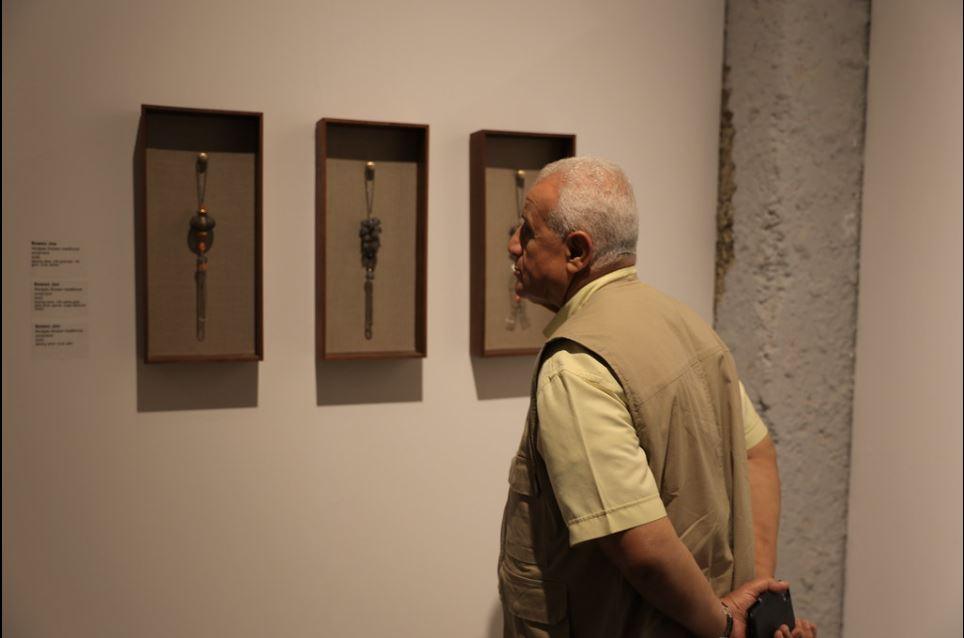
Harmony in Difference
As Confluence flows through Cairo, it feels less like a single exhibition and more like a living metaphor — a reminder that harmony doesn’t mean sameness.
It’s about coexistence, empathy, and the quiet beauty that happens when two worlds meet halfway.
Or, as Kyu Rhee puts it simply: “Harmony is born from difference.”
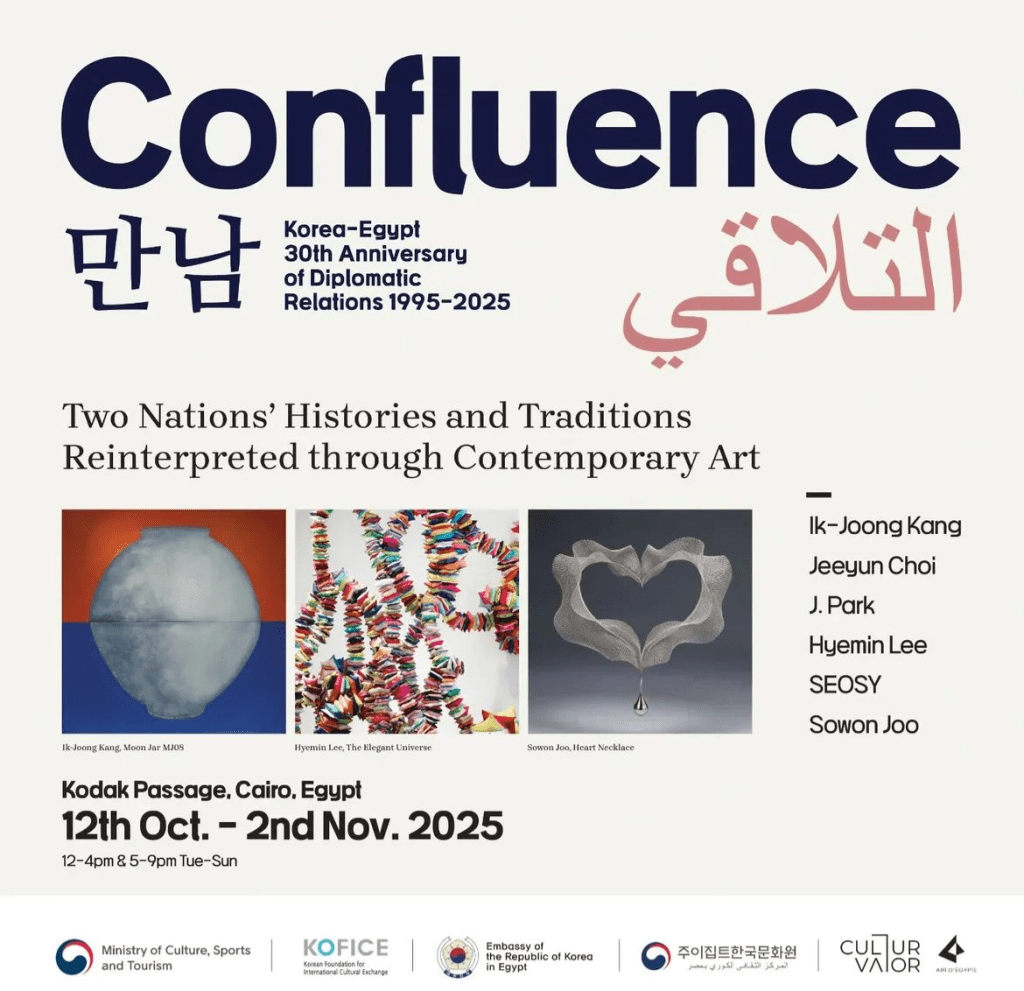
We Said This: Don’t Miss…CIAD Returns: Downtown Cairo Becomes a Living Canvas


